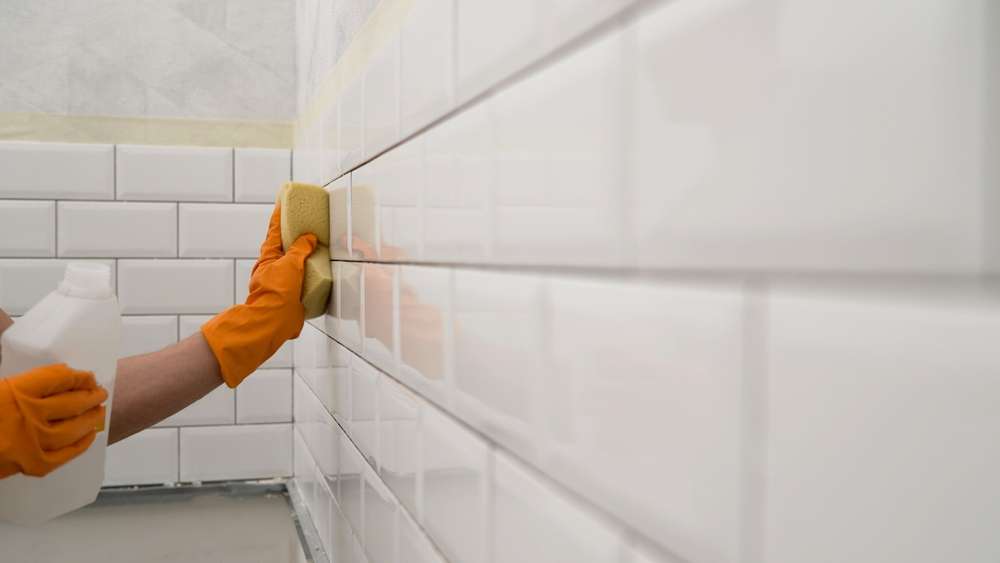Maintenance checklist to extend the life of wet-area installations
A practical guide to routine care and targeted upkeep for wet-area installations that helps preserve finishes, reduce repair frequency, and maintain safety. This brief overview highlights the types of checks and simple actions that matter most for long-term performance.

Regular, targeted maintenance is the most reliable way to extend the service life of wet-area installations. Moisture, temperature swings, and frequent use accelerate wear on surfaces, fittings, and concealed systems. A systematic checklist reduces the risk of water damage, lowers repair costs, and helps preserve hygiene and accessibility. The following sections cover key topics such as renovation planning, tile care, fixtures and plumbing inspections, waterproofing and ventilation, and material upkeep strategies for sustainable longevity.
How does renovation affect wet-area longevity?
When planning renovations, think beyond aesthetics. Durable layouts and appropriate materials reduce maintenance needs over time. Choose tile sizes and patterns that suit the space and traffic, specify fixtures rated for frequent use, and confirm plumbing runs are accessible for future servicing. Retain clear access to hidden valves and inspection points during redesigns. Prioritize upgrades that improve waterproofing and ventilation; small investments during renovation—such as moving a drain or adding a service panel—can simplify maintenance and extend the installation’s life.
How to care for tiles and tiling?
Tiles are a primary line of defense in wet areas and require regular attention. Clean surfaces with neutral pH cleaners to avoid degrading glazes or grout. Inspect tile joints for cracks, loose tiles, or discoloration that could indicate moisture penetration. Promptly replace or re-bond loose tiles and address underlying substrate issues, as persistent movement can undermine adjacent areas. Periodic regrouting or targeted grout repairs prevent water from reaching substrates and reduce long-term deterioration.
What should you check for fixtures and plumbing?
Fixtures and plumbing components see heavy use and can fail silently. Check taps, shower valves, and fittings for drips, corrosion, or stiffness; even small leaks raise humidity and encourage mold. Inspect visible pipework and connections for signs of seepage or mineral buildup. Test water pressure and drainage to identify slow drains or irregular flow that could signal partial blockages. Where possible, label isolation valves and keep them accessible for emergency shutoff. Routine servicing of mechanical mixers and aerators helps maintain efficiency and prevents unexpected failures.
Why are waterproofing and ventilation important?
Waterproofing and ventilation work together to control moisture. Inspect seals around baths, showers, and penetrations for brittle or missing sealant, and renew sealants that show gaps. Check membranes behind tiles if access is available during renovations or repairs. Good ventilation—mechanical extraction or well-placed passive vents—reduces condensation and protects structural elements and finishes. Regularly clean extraction fans and verify they cycle correctly; poor ventilation shortens the lifespan of paints, joinery, and metal fittings in wet environments.
How do lighting, storage, layout, and accessibility influence upkeep?
Thoughtful lighting and storage reduce wear and maintenance. Sufficient task lighting reduces accidental damage and improves detection of early problems like mold or leaks. Storage that keeps cleaners and chemicals off floors prevents spills that can harm finishes. Layout decisions that avoid obstructing service points and that provide clear circulation routes reduce accidental knocks to fixtures. Accessibility considerations—such as lever handles, removable panels, or raised thresholds—support easier maintenance and safer long-term use for all occupants.
How do grout, sealants, resurfacing and sustainability play a role?
Grout and sealants are sacrificial elements meant to be renewed periodically. Use high-quality grout suited to the environment—epoxy or cementitious grouts with additives for wet areas—and inspect for staining, spalling, or shrinkage. Sealants should be matched to adjacent materials and replaced when adhesion fails. Resurfacing worn countertops or tub surrounds can restore protective layers without full replacement. Favor sustainable materials and finishes with longer lifespans or recyclability to reduce environmental impact and frequency of interventions, and consider low-VOC products to maintain indoor air quality.
Conclusion A structured maintenance checklist focused on inspections, prompt repairs, and preventive upgrades helps wet-area installations remain functional and safe for longer. Regular attention to tiles, grout, fixtures, plumbing, waterproofing, ventilation, and thoughtful layout choices reduces deterioration and supports sustainable use. Consistency in small, documented actions often prevents major repairs and preserves the value and usability of these moisture-prone spaces.





